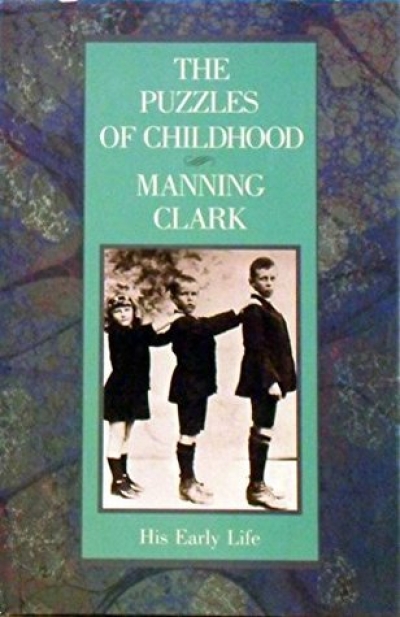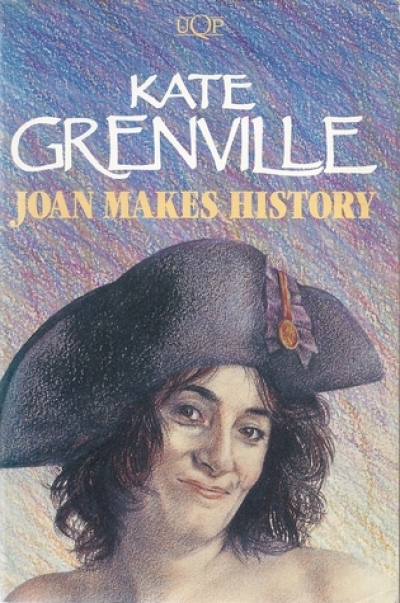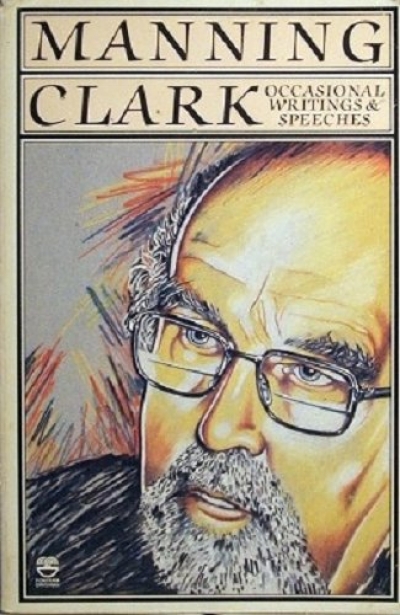Manning Clark
On 27 May, 1991, Manning Clark, Australian historian extraordinary, was buried from Canberra’s Roman Catholic cathedral by his friend the Jesuit Dr John Eddy, assisted by Professor Clark’s brother, an Anglican canon, and with the participation of his sons. After his death on 23 May, ABC national television had broadcast an interview of 1989 in which Clark had responded to the question of whether he believed in an afterlife with a firm no – to which he added that he saw merit in the response of a Mexican academic encountered twenty years before. On that matter, he harboured ‘a shy hope’. It is a smiling happy phrase, contrasting with the dark fear of future judgement that bedevils so many of the Protestant characters with which he populates his histories. And it was a qualification in harmony, not only with his occasional visits to the church that farewelled him, and earlier St Mary’s Cathedral in Sydney and a multitude of European churches, but also with the ambivalence and perplexity at the heart of the man and his work. Some would call it contradiction or even evasion, but the native Australian sense of having a bob each way is sound policy, and Manning was not one for some pointless cremated affirmation of the kingdom of nothingness when he could have a touch of Catholic ritual and grandeur.
... (read more)Dear Manning,
I’m writing you this letter for want of better ways of continuing the conversation we’ve been having for the past eight years, sustained by weekly letters while I was in Japan. We began to walk and talk in 1983 as you were preparing for heart surgery and I wasn’t coping with a broken heart. You wanted someone to walk with, and I needed company.
... (read more)



